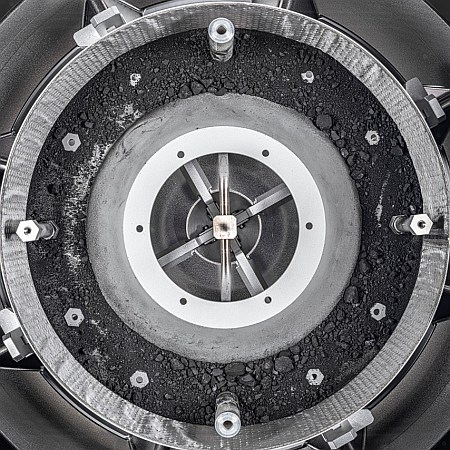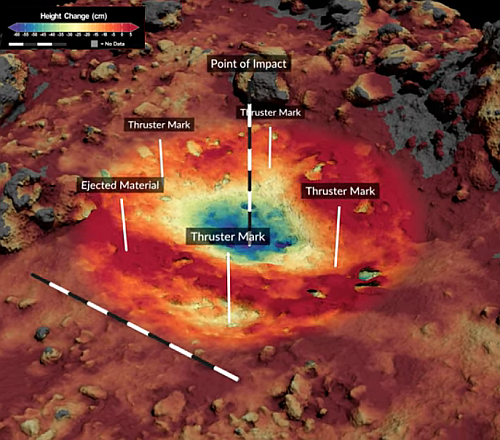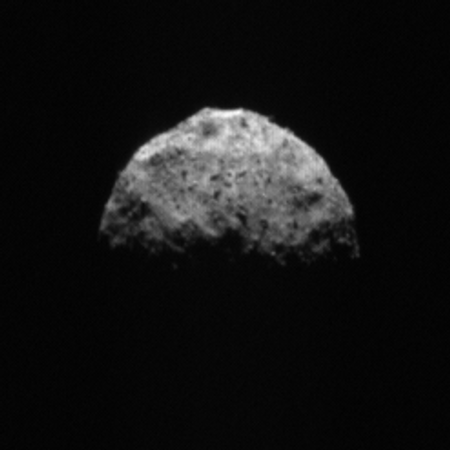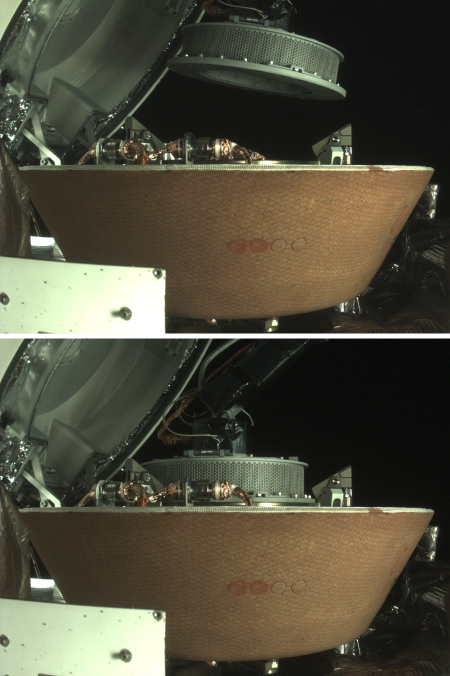OSIRIS-REx brought home twice as much material from Bennu than planned

The material found inside the sample return
capsule. Click for original image.
Curators cataloging the material returned by OSIRIS-REx’s sample capsule from the asteroid Bennu have now completed weighing the material,l and have discovered that the spacecraft grabbed more than twice as much material from Bennu as planned.
NASA’s OSIRIS-REx spacecraft delivered 4.29 ounces (121.6 grams) of material from asteroid Bennu when it returned to Earth on Sep. 24, 2023; the largest asteroid sample ever collected in space and over twice the mission’s requirement. The mission team needed at least 60 grams of material to meet the mission’s science goals, an amount that had already been exceeded before the Touch-and-Go Sample Acquisition Mechanism (TAGSAM) head was completely opened.
More than 60 grams were recovered outside the capsule that had stuck to it during touch-and-go operations. Once they were able to open the capsule and weigh the material inside, they found it had captured as much stuff, so that in total the mission brought back a double complement of material.
This material will now be distributed to scientists worldwide for study. It is likely that it will overturn almost all assumptions presently held about the make-up of the solar system’s asteroid population, since previous to the recent asteroid sample return missions of OSIRIS-REx and Japan’s Hayabusa-2 our only samples came from material that survived after burning through the Earth’s atmosphere. That journey resulted in an incomplete and biased census, with the most delicate material destroyed.

The material found inside the sample return
capsule. Click for original image.
Curators cataloging the material returned by OSIRIS-REx’s sample capsule from the asteroid Bennu have now completed weighing the material,l and have discovered that the spacecraft grabbed more than twice as much material from Bennu as planned.
NASA’s OSIRIS-REx spacecraft delivered 4.29 ounces (121.6 grams) of material from asteroid Bennu when it returned to Earth on Sep. 24, 2023; the largest asteroid sample ever collected in space and over twice the mission’s requirement. The mission team needed at least 60 grams of material to meet the mission’s science goals, an amount that had already been exceeded before the Touch-and-Go Sample Acquisition Mechanism (TAGSAM) head was completely opened.
More than 60 grams were recovered outside the capsule that had stuck to it during touch-and-go operations. Once they were able to open the capsule and weigh the material inside, they found it had captured as much stuff, so that in total the mission brought back a double complement of material.
This material will now be distributed to scientists worldwide for study. It is likely that it will overturn almost all assumptions presently held about the make-up of the solar system’s asteroid population, since previous to the recent asteroid sample return missions of OSIRIS-REx and Japan’s Hayabusa-2 our only samples came from material that survived after burning through the Earth’s atmosphere. That journey resulted in an incomplete and biased census, with the most delicate material destroyed.








